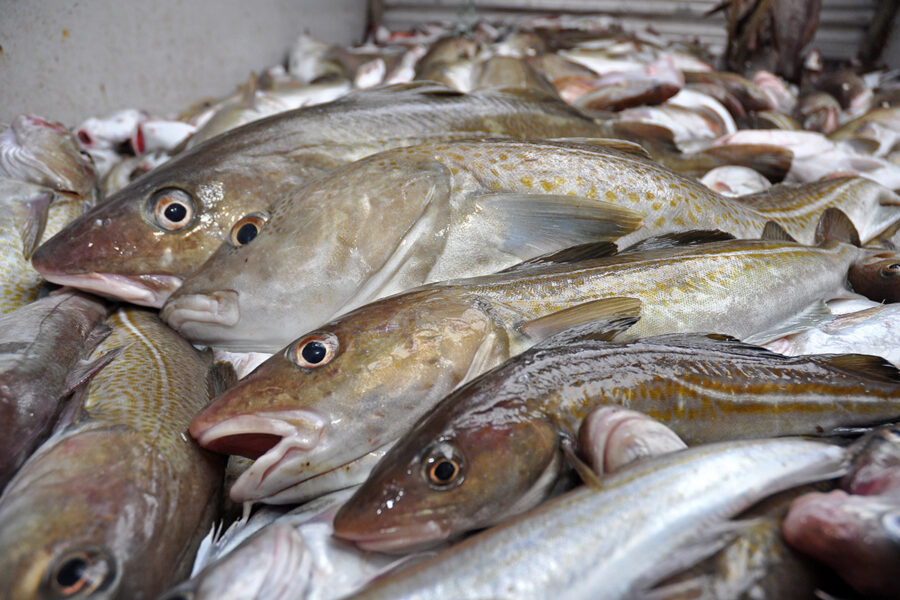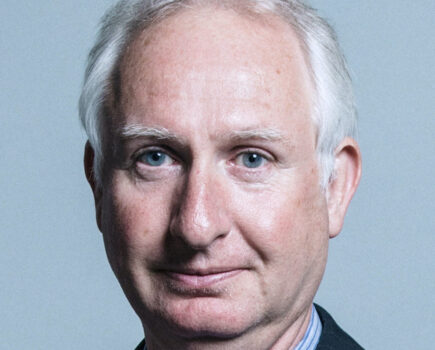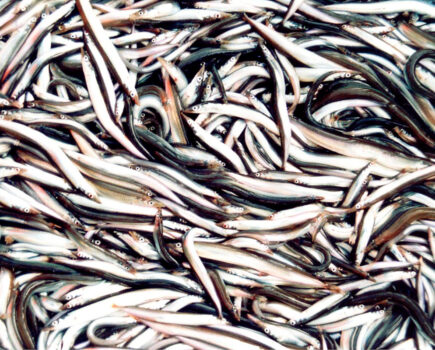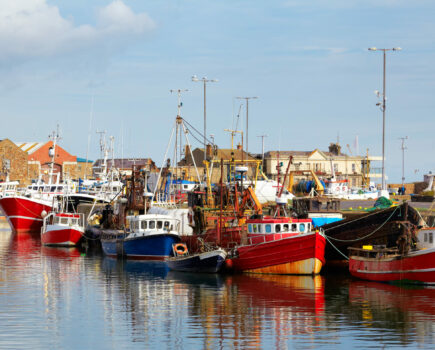Industry-led focus on improving stock assessments to build on November event
A second international cod workshop examining how cod stock assessments can be made more accurate is due to be held in Edinburgh next week (23 May).
A successful two-day workshop was held in November last year, attended by industry representatives and fishermen from the UK and several EU countries, as well as scientists from ICES, the UK, Norway and Denmark, and fishery managers from all three countries.
The workshops are the result of a long process of negotiation with ICES by the Northern Fishing Alliance (NFA), a grouping of industry leaders and fishermen from the UK and several EU countries who are concerned about the gap between cod TACs and the abundance that cod fishermen are seeing. The issue particularly affects the northern North Sea, but this disparity is also being seen on the west coast of Scotland and in the Celtic Sea.
The NFA believes the fishing industry should be more centrally involved in the stock assessment process, and that skippers should be able to provide catch data which can be incorporated into the assessments.
The first workshop in November last year was hailed as a success, with fishermen from across Europe attending. The event allowed them and scientists to get a better understanding of each other’s point of view and methods of working.
Scottish fishermen have led the way with a series of initiatives to provide additional catch and effort data, both to feed into their own stock assessments in due course, and to provide additional inputs to ICES scientists using their longer-term datasets.
The mismatch between the North Sea cod TAC and the reality of abundance on the grounds was acute last year, with fishermen finding it difficult to avoid catching cod, and wasting time and costly fuel steaming to other grounds in a bid to avoid cod and concentrate on groundfish species such as megrim and monk.
The situation was exacerbated by poor markets for the smallest sizes of haddock, that were abundant on the grounds, but for which processers were struggling to find the necessary processing capacity. The situation has improved this year, after a 63% increase in the North Sea cod TAC was agreed with Norway and the EU, but this followed three years of heavy cuts, leading to deep industry frustration and the formation of the NFA. The alliance initially involved the UK, Norway and Denmark, but now includes France, Belgium and Ireland.
Mike Park, chief executive of the Scottish White Fish Producers’ Association, has been centrally involved in the formation of the NFA and in bringing the workshops to fruition. He said the second workshop next week will aim to look primarily at what the industry can do in the future to help in the gathering of scientific information and data to help the stock assessment process.
He said ICES had recently carried out a benchmarking exercise on cod stocks, which had resulted in lower reference points. This revision, building on research in Shetland at the University of the Highlands and Islands, led by Ian Napier and the Shetland Fishermen’s Association, would, he said, be helpful in setting more realistic quotas than those in the past, which were aimed at securing much higher populations of spawning fish.
Mike Park told Fishing News: “My only concern would be that given that this is a new calculation of the stock, it might mean that going into the negotiations this year people may try and overcompensate, because that creates a bit of insecurity.
“So it may be that if there is an increase in the TAC next year, it may be perhaps not as much as what we would have got without the change of approach.”
He welcomed the increase in this year’s North Sea TAC, which he said had reduced the gap between available fish and quotas.
The workshop will look at all northern cod stocks other than the Baltic Sea (i.e. North Sea, West of Scotland and Celtic Sea), said Mike Park.
“The number of industry representatives who will be attending the workshop so far is up to 40, which includes 10 fishermen – which is encouraging,” he said.
Catch rates of cod are continuing to improve, according to many fishermen working grounds off northern Scotland. Fish from several year-classes are being found inshore, where they are increasingly being caught by creel fishermen, as well as further offshore – where, despite the quota increases, skippers are still reporting the need to move effort away from areas where the largest abundances are being found.
This story was taken from the latest issue of Fishing News. For more up-to-date and in-depth reports on the UK and Irish commercial fishing sector, subscribe to Fishing News here or buy the latest single issue for just £3.30 here.
Sign up to Fishing News’ FREE e-newsletter here.








